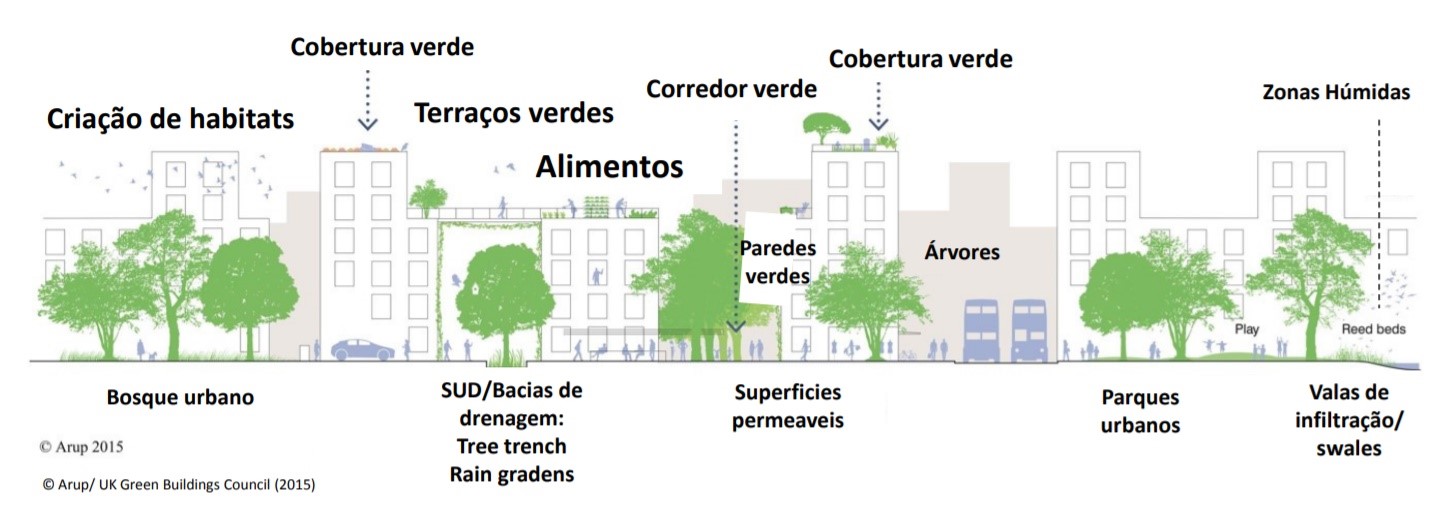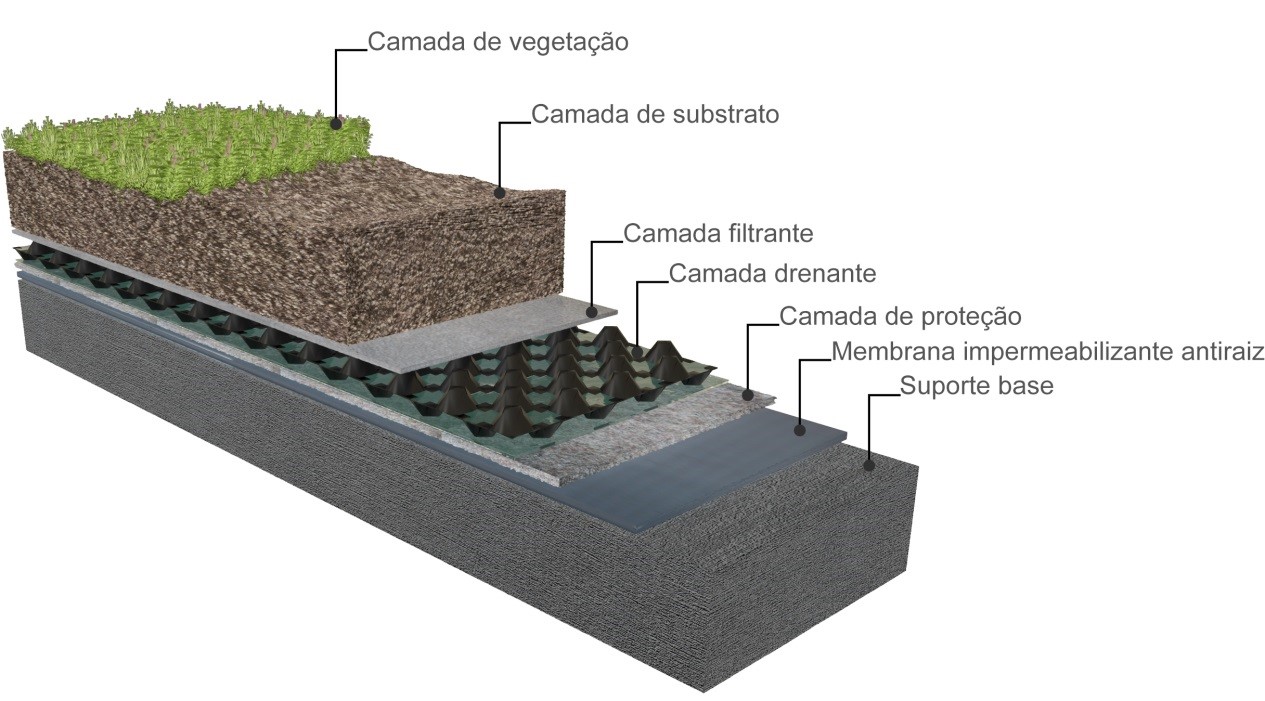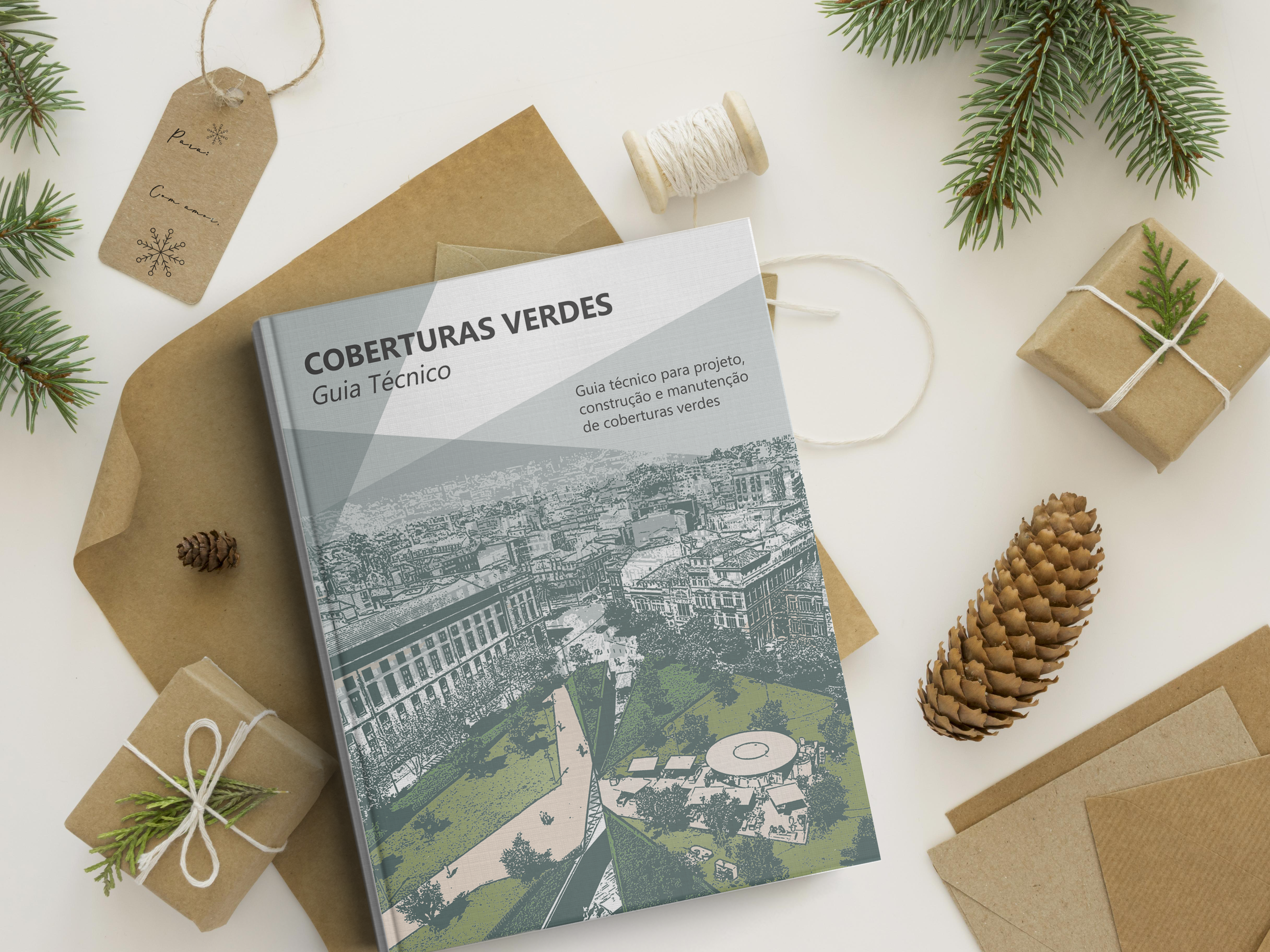The Impact of Green Roofs – An article by the National Green Roof Association
The Impact of Green Roofs
Urban sprawl, the loss of natural habitats and the growth of pollution have given rise to some of the problems we face today, such as global warming, loss of biodiversity and environmental degradation. These problems reflect the way society has been changing ecosystems, how it accesses its benefits and uses its services, affecting the way we protect ourselves from threats and natural disasters (CORDIS, 2020) .1
Undoubtedly, the increase in population in urban areas markedly changes the organization of soils, with the construction of new buildings and roads, creating more impermeable spaces where rainwater is drained instead of infiltrated, thus causing more intense flooding and more frequent. To denote that, with the exponential increase of the population moving to cities, there was an urgent need for a quick growth in urban areas, which led – and still leads – to poor urban planning, leaving these areas sensitive to extreme weather events such as floods after episodes of more intense rainfall and an increased concern about the harmful gases produced by human activities (Abhas Jha, et al, 2021)2.

Ilu.1 Systems of an Urban Ecological Corridor; Source 2. Nature-Based Solutions (SbN): adaptation to climate change and support for water cycle management. Cristina Calheiros, CIIMAR, Maia for the Climate.
Therefore, in order to achieve better results for a sustainable and resilient city, it is necessary to systematically integrate nature-based solutions (NBS), such as green roofs and vertical gardens, among others, that work in a way efficient with other urban components (e.g. streets, roofs, façades) (Ilu. 1). They take advantage of the synergy benefits between them and ecosystem services, resulting in significantly more efficient and economical multifunctional urban solutions3.
It is important to note that each project is a project and, to ensure that all aspects are being considered in the proper construction of a green roof, the technical manual adapted to Portuguese conditions, the Portuguese Technical Guide for Roofs, 2019, must be followed from the design stage.
Therefore, the different types of green roofs must be distinguished: extensive, semi-intensive and intensive green roofs; Each typology has different characteristics regarding its maintenance requirements, thickness of the substrate layer and consequent load on the structure, type of vegetation to include, maximum allowed slope and accessibility.
Extensive green roof (Ilu. 2) is the lightest green coverage system, typically with reduced substrate thickness where small vegetation is installed, which should require little maintenance to ensure proper development.
A semi-intensive green roof can include characteristics of both intensive roofs and extensive roofs. These require a depth of the substrate layer generally between 15 and 25 cm, and a greater diversity of plants can be used when compared to extensive green coverings, namely shrubs and lignified plants.

Ilu 2 – Elements of extensive green roofing (Source: Technical Guide to Green Roofing, 2019).
An intensive green roof is designed essentially for recreational use and / or for the installation of medium and large vegetation. It usually has an average substrate thickness greater than 25 cm and requires regular maintenance, such as a garden on natural soil.
Depending on the characteristics of the different types of green roof, it is possible to obtain different amplitudes of benefits at the building level or at the urban level and, taking into account that the roof area in a city usually occupies 40 to 50% 4 of the horizontal structure in the built areas – with a large part of the remaining percentage of paved roads5– we can conclude that the roof space is, without any doubt, a key area for the management of the storm water flow.
That said, the implementation of green roofs in buildings creates a network of green spaces for capturing and delaying water, which contribute to the increase in biodiversity and decrease the temperature of the surrounding space6 and contribute as a solution for the acoustic7 and thermal insulation in the interior space, thus reducing the need for air conditioning, which saves an average of 16% on electricity bills8.
Reinforcing the benefits presented, a study by Niachou. A. 9, demonstrated that the temperature inside the building with green roof has minimal fluctuations, compared to traditional roofs, maintaining a comfortable temperature in summer and winter, even with the change in outside temperature.
In summary, including the aforementioned advantages, the capacity of green roofs for rainwater retention is emphasized, minimizing flooding and flooding problems in precipitation peaks, CO2 capture and oxygen production, the retention of dust and particles in suspension in the air, the promotion of biodiversity, the protection of waterproofing membrane and reduction of energy costs, the increase of useful space in the city and, of course, the real estate valuation10.
Therefore, to take full advantage of the benefits that green roofs can offer you, the system will have to be planned correctly, with the specifics of the materials, geographic location, climatic conditions, and the particularities of the buildings in which they are proposed.

Ilu. 3 – Technical Guide for Green Roofs, ANCVEach green roof is part of a different project and must be planned as such, following the guidelines contained in the Portuguese Technical Guide for Green Roofs (Ilu. 3), adapted to the reality of the Portuguese climate, publication by ANCV, supported by the Order of Engineers – Centro region .
The Technical Guide was a 3-year work, built in order to accompany the designer in all phases, from design to maintenance of the green roof, because only with informed professionals it is possible to make the most of each project, avoiding unnecessary errors.
If millions of square meters of building roofs exist, and more are going to be built, we must take this opportunity to make these spaces provide ecosystem services that are essential for the healthy existence of living beings.
Paulo Palha, President of ANCV
Jéssica Fogeiro, ANCV Executive Coordinator
1 CORDIS. Site da European Commission CORDIS EU research results. Nature-based solutions: Benefits and opportunities apud Nature-based Solutions: State of the Art in EU-funded Projects’ (Wild et al. (Eds.).
2 Five Feet High and Rising Cities and Flooding in the 21st Century (Abhas Jha, et al).
3 Blue Green Solutions. A Systems Approach to Sustainable, Resilient and Cost-Efficient Urban Development.
4 The potential of green roofs to manage Urban Stormwater, Virginia Stovin, 2009
5 Frazer L. 2005. Paving paradise. Environmental Health Perspectives.
6 The effectiveness of cool and green roofs as urban heat island mitigation strategies, Dan Li
7 The potential of building envelope greening to achieve quietness, Timothy Van Renterghem
8 Data Endesa (https://www.endesa.pt/particulares/news-endesa/poupan%C3%A7a/ar-condicionado-como-diminuir-custos)
9 Niachou, A. et al. em 2001, Analysis of the green roof thermal properties and investigation of its energy performance
10 Ichihara, K., & Cohen, J. P. (2010) City property values: what is the impact of green roofs on rental pricing?

